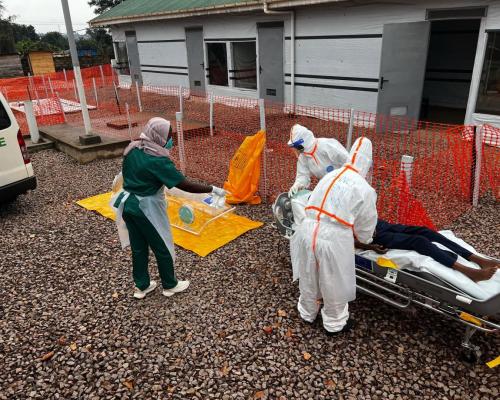
Disease outbreaks in Uganda are not a new phenomenon, with diseases of epidemic potential reported almost every year. From Ebola, Marburg, yellow fever, measles and cholera, to mention a few, the country has seen them all and, in the process, built a resilient health system capable of detecting and containing them in record time.
Take the Sudan virus disease (SVD), from the same family as the Ebola virus disease, declared on 30 January 2025 by Uganda’s Ministry of Health (MoH) in the highly active and mobile Kampala city. In many instances, this would have sparked national outrage and panic, but the MoH was quick to assure national and international communities that the situation was under control and would be managed expeditiously.
Indeed, within just 72 hours of confirmation, the MoH, actively supported by World Health Organization (WHO), swiftly activated its response mechanisms, deploying a multidisciplinary team to all locations where the index patient had traversed to offer technical guidance to the various outbreak response pillars.
For its part, WHO mobilized 129 national and international staff to support the response. These brought a wealth of technical expertise and experience, ensuring that WHO’s technical input was available at every critical stage of the response. The WHO multidisciplinary teams comprised the following areas: field coordination, risk communication and community engagement, anthropology, infection prevention and control, case management, data management, laboratory, epidemiology, and logistics among others.
The results from these efforts were quick to show. By 19 March 2025, Uganda had discharged the last confirmed SVD patient from the treatment unit and successfully identified and followed up 534 contacts. The contacts were followed up on a daily basis. This is not mean achievement given the epi center for this outbreak and is a clear statement on the strength of Uganda’s health systems to detect and respond to a disease outbreak in a timely manner as recommended and guided by the international health regulations of which WHO is the principal custodian.
Uganda is on a 42-day mandatory countdown without a confirmed case to declare the end of SVD transmission. During this crucial period, WHO is diligently supporting the Ministry of Health to ensure that no potential chains of transmission are left undetected.
Yet, as the nail-biting countdown continues, WHO’s prior guidance and technical leadership to Uganda to develop a multisectoral preparedness and response plan cannot go without mention. This preparatory phase has been key to this SVD outbreak by providing a clear direction for all responding parties. This plan ensured that national and partner efforts were coordinated effectively, optimizing resource allocation and preventing duplication.
Equally important was deploying 165 multi-disciplinary Rapid Response Teams (RRTs) to the affected hot-spot districts in record time. The RRTs enhanced capacity for rapid alert management, case investigation, and contact tracing right up to the fringiest corners of affected villages. This is yet another area in which WHO excels as its well-equipped and trained teams worked with their MoH and district colleagues to ensure that no possible case of SVD goes undetected. This close symbiotic collaboration strengthened the country’s capacity to track every potential lead and prevent further spread.
Particular attention was paid to border health, with MoH and WHO aware of the international requirement to prevent cross-border and international spread of the disease. Health workers were quickly reoriented, thermal scanners purchased and positioned, and control measures enforced, particularly in Kampala and at 13 key points of entry, to stop any potential cross-border transmission. Luckily, no cases were exported outside Uganda.
The laboratory response pillar was also in overdrive, collecting, transporting and testing over 1,500 samples. Based on WHO’s prior technical support, national capacity to manage samples under strict biosafety and quality assurance was readily available. The laboratory teams based at the Uganda Virus Research Institute, and the Central Public Health Laboratories surpassed expectations given their professional handling and processing of samples despite the high numbers collected. “Quick turn-round time” was a term often used to refer to their work.
At the heart of the response was the courageous and well-drilled case management team equipped with tools, equipment and supplies from WHO-supplied 10 Ebola kits that not only ensure safety of the health workers but also optimize clinical care for the admitted patients. To health workers’ credit, only two patients out of the 12 confirmed and two probable patients succumbed to the disease with the rest successfully treated and safely resettled in their communities.
The WHO-supported Emergency Medical Teams (EMTs) beefed up case management by safely picking and transporting patients to the treatment units. These 78 highly committed, well-trained, and equipped teams provided high-quality care and commendable treatment to patients in treatment units across the affected regions.
For the second time in an Ebola outbreak, WHO ensured the deployment of anthropological, risk communication, and community engagement teams to engage directly with communities, address stigma, mistrust, and discrimination, and disseminate public health information in real time. These efforts were critical in ensuring community buy-in and reinforcing safety measures at the local level, helping the government regain trust and facilitate behavior change.
However, all these efforts required regular and efficient partner mobilization and coordination, and WHO was once again called upon to deliver in this regard. This partner engagement and coordination ensured that resources were effectively aligned, minimizing duplication and maximizing impact. WHO’s coordination role helped map out key stakeholders, facilitating the efficient use of resources across all response levels.
Yet, all successful disease outbreak responses are backed by adequate financial support to achieve the required timely results. In this response, WHO has so far mobilized and utilized US $6.2 million. This funding, along with in-kind contributions of essential medicines, supplies, and equipment, has been pivotal in maintaining the flow of response operations.
WHO acknowledges all partners who have provided resources through the WHO Contingency Fund for Emergencies (CFE) to support the Sudan virus disease outbreak response in Uganda. These are: Germany, Norway, Ireland, Canada, France, New Zealand, Kuwait, Portugal, Philippines, Republic of Korea, Switzerland, Estonia and WHO Foundation. Additionally, WHO appreciates the generous contribution from the United Kingdom, The Netherlands, Republic of Ireland, Health Emergency Preparedness and Response (HERA) – European Commission, Directorate-General for European Civil Protection and Humanitarian Aid Operations (DG ECHO), International Development Research Centre, and African Public Health Emergency Fund (APHEF) to support WHO interventions.
As the situation stabilizes in Uganda, this outbreak offers three clear lessons: early preparation is critical; timely and quick response is key; and WHO matters not only to Uganda but to the whole world.


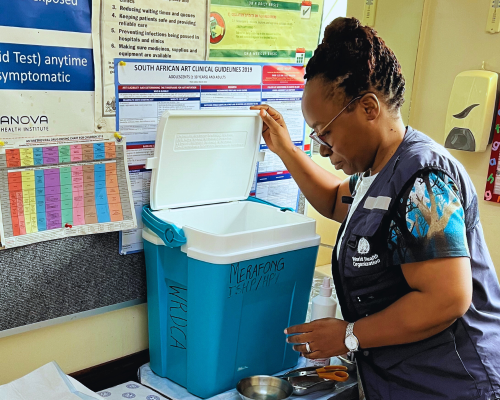




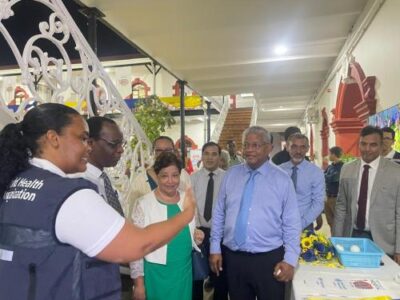

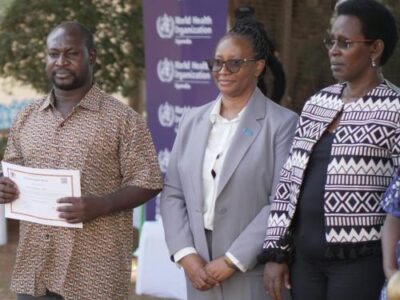
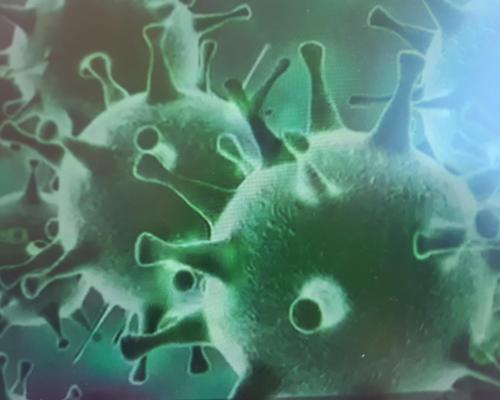
Comments